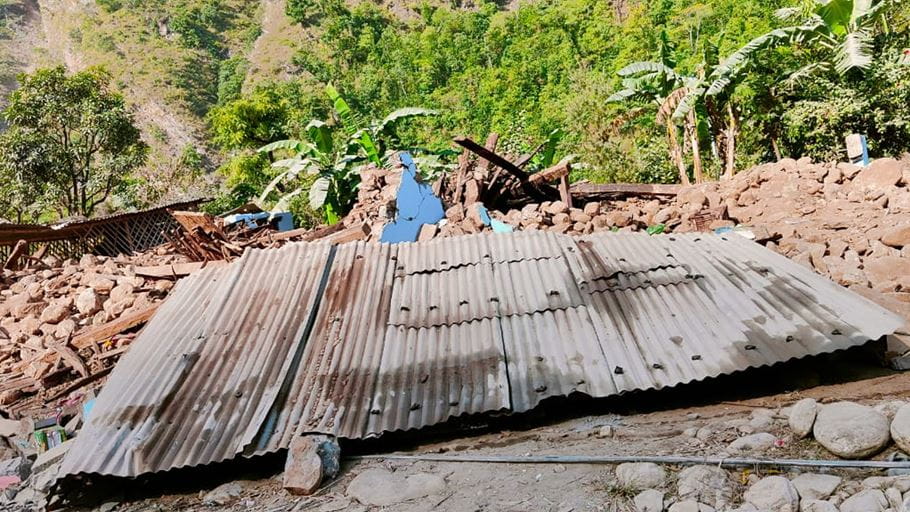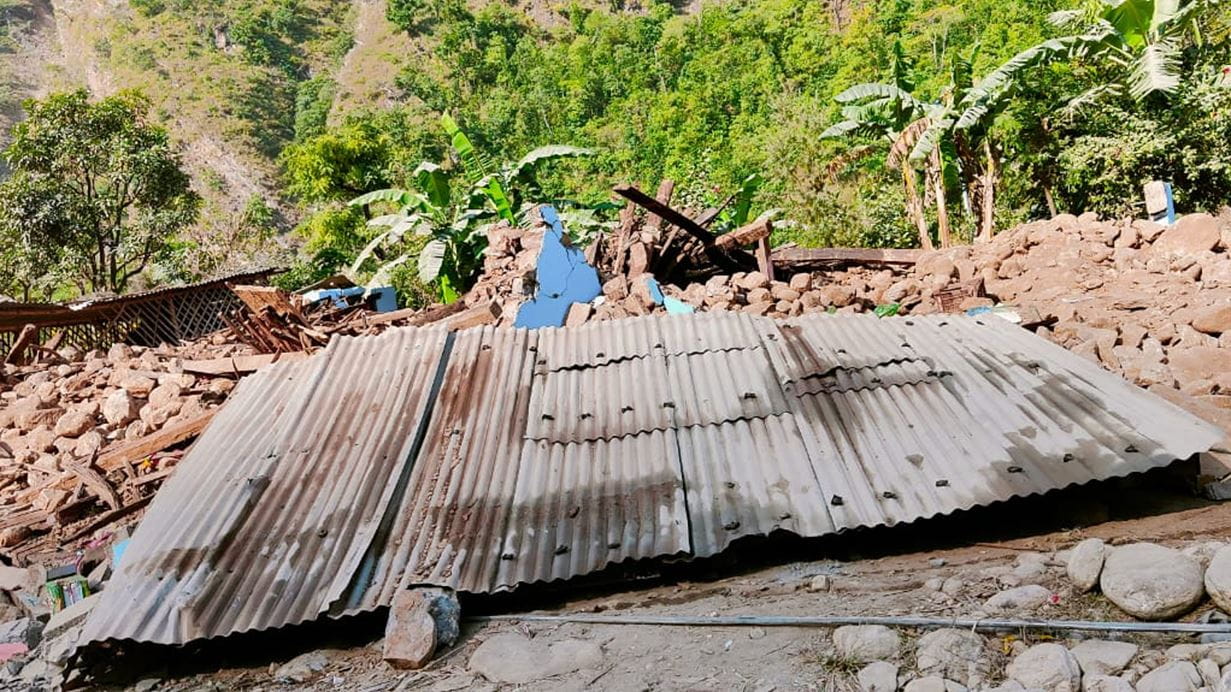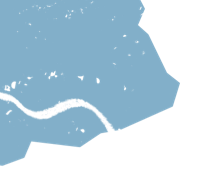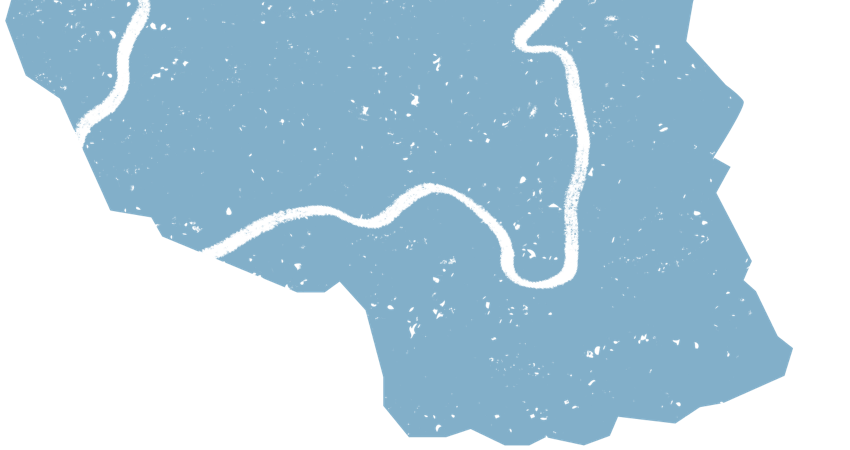At around 23h47 last night (3 November), an earthquake measuring 6.4 on the Richter scale struck the mid-western part of Nepal, flattening homes and buildings and leaving many people dead or injured. Current figures from Tearfund’s team in the country suggest that more than 150 people have been killed. However, with access to villages and towns blocked because of damage to roads and infrastructure and communications severely affected, that number is expected to rise and may be many more.
Immediate needs and response
Within the country, a response is being coordinated across government levels and the Prime Minister’s team has been to the affected sites early this morning. The immediate needs are search and rescue, medical support, food, shelter and clean water and hygiene facilities.
Tearfund’s local partners are already at the earthquake site and liaising with local government and other organisations to work out how to respond most effectively.
Nepal at risk of earthquakes
Nepal lies in a severe seismic risk fault zone, and has been experiencing a series of earthquake incidents since around 2015, when a very large earthquake struck causing many deaths and widespread destruction. Geological experts have been warning of the possibility of a much larger quake in the western part of the country for some years. The reason behind these predictions is that the stored seismic energy – which normally needs to be released every 80–100 years – hasn't been released for at least the last 550 years.














